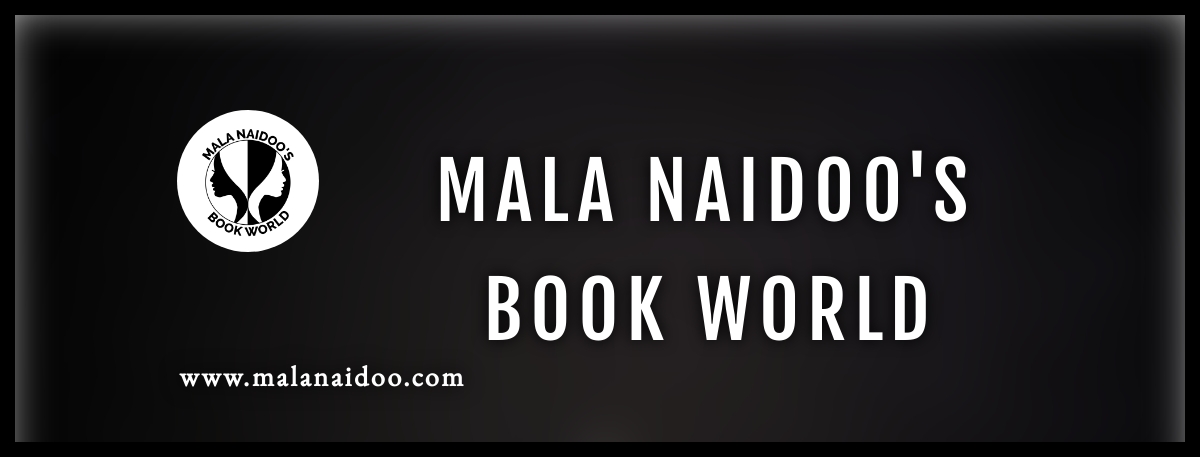Historical fiction either reveres, subverts, or shames the past through citing actual places, creating imagined characters and perhaps recreating a historical figure.
Historical fiction is the unequal blending of the real and the imaginary
Time is fluid in historical fiction, moving between the past and present depending on how the plot unfolds. Is it a character in the present time speaking, recalling a time past, or is the character narrating an experience having lived in a past era?
The cautionary reminder is in ensuring the imaginative aspect of the story is respectful of the truths of the time, while preserving the overarching fictional plot/characterisation and quality of the writing. Culture, values, and social issues researched lend an authentic historical flavour to the fiction crafted. Transporting the reader to a time past enhances the storytelling without rewriting a history textbook.
Find that sweet spot between what is fact and fiction to elevate the fiction on culture, values, and social mores.
Including actual historical figures is the writer’s choice in relation to whether they will be a speaking character in the fictional tale, or a few cursory references would suffice.
Research should not overpower fiction. History has been written and read many times over—add the imagined juice for an entertaining read that prompts speculation on whether the fictional aspects could have possibly occurred.
Memorable characters, a believable setting, an intriguing plot, and a dash of history is a good measure for a satisfying read.
Ultimately, knowing who the intended audience is for a particular work of fiction is just as important as the message it creates.
Honour the history researched to enhance the setting and add lustre to the fictional plot without repeating what has already been documented. Recreate rather than rewrite. The risk of overly recounting a history is losing the fiction to non-fiction. The decision ultimately rests with the author. Readers of fiction will be the primary audience.
In honouring the history, notions of sensitivity to time, place, and people should be observed. However, shaming a dark history is the fictional storyteller’s prerogative.
There are no clearly defined genre parameters when the power of the story is honoured in its ability to move and entertain which is paramount in fiction.
The truth that all historical writing, even the most honest, is unconsciously subjective, since every age is bound, despite itself, to make the dead perform whatever tricks it finds necessary for its own peace of mind. Carl Becker, American historian (1873-1945)
If you are neutral in situations of injustice, you have chosen the side of the oppressor. If an elephant has its foot on the tail of a mouse and you say that you are neutral, the mouse will not appreciate your neutrality. Bishop Desmond Tutu.
History is the study of all the world’s crime. Voltaire, French writer, and philosopher (1694-1778)
Fiction is the truth inside the lie. Stephen King
Truth is stranger than fiction, but it is because Fiction is obliged to stick to possibilities: Truth isn’t. Mark Twain.
Please share your thoughts in the comment box below.











You must be logged in to post a comment.